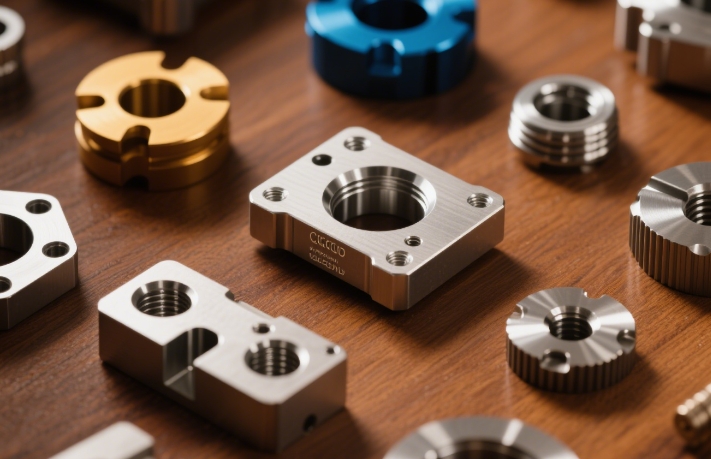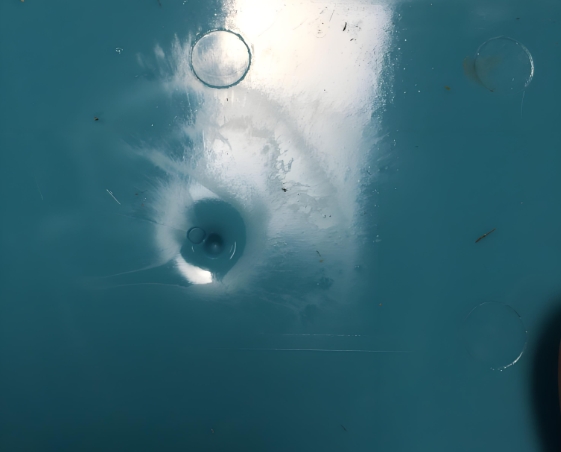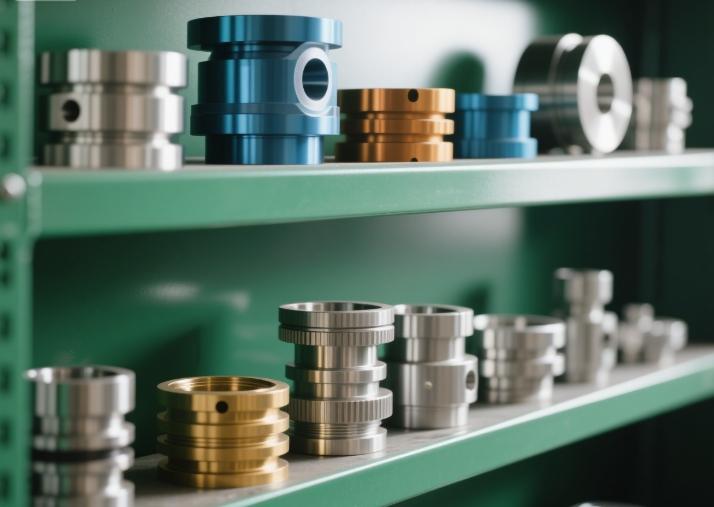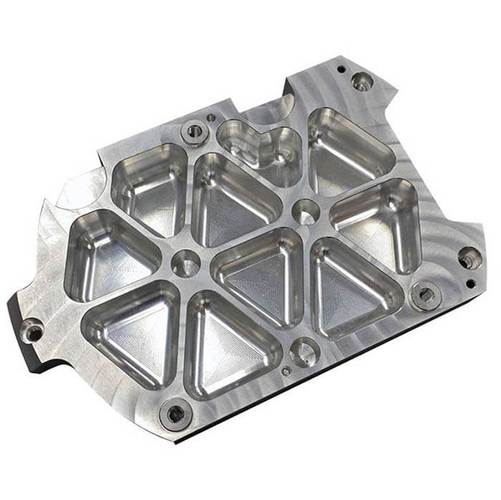Precision casting, also known as investment casting or lost-wax casting, is a high-precision metal forming process that creates complex, near-net-shape components with exceptional dimensional accuracy, fine surface finishes, and intricate details. Unlike traditional casting methods (e.g., sand casting) that require extensive post-processing, precision casting minimizes material waste and machining needs, making it ideal for manufacturing parts with complex geometries—such as turbine blades, medical implants, and aerospace components—that are difficult or impossible to produce via other techniques.
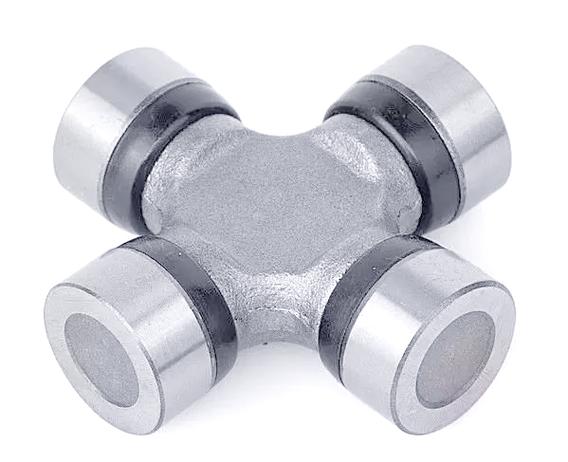
1. Core Definition: What Exactly Is Precision Casting?
At its essence, precision casting is a net-shape or near-net-shape manufacturing process that uses a disposable ceramic mold (formed around a wax pattern) to cast metal parts. The term “precision” refers to two key advantages:
- Dimensional accuracy: Typical tolerances range from ±0.1 mm to ±0.5 mm (depending on part size and material), far tighter than sand casting (±1 mm to ±5 mm).
- Surface finish: As-cast surface roughness (Ra) is usually 1.6–6.3 μm, eliminating the need for grinding or polishing in most cases.
The process is often called “investment casting” because the wax pattern is “invested” (surrounded) by a ceramic shell, and “lost-wax casting” because the wax pattern is melted and removed (lost) before metal pouring.
2. Key Process Steps of Precision Casting
The precision casting workflow is systematic and requires strict control over each stage to ensure quality. Below is the standard 8-step process, applicable to most metal alloys (e.g., stainless steel, titanium, superalloys):
-
Wax Pattern Creation
The first step is to produce a wax replica (pattern) of the final part. This is done by injecting molten wax (usually a blend of paraffin and stearic acid) into a metal die (mold) that matches the part’s geometry. For complex parts, multiple wax patterns may be “gated” (connected) to a central wax sprue to form a single “tree” (for batch production). -
Pattern Assembly (Tree Building)
Individual wax patterns are attached to a wax sprue (a vertical channel) and runner system (horizontal channels) to create a “casting tree.” This design ensures molten metal flows evenly into all patterns during pouring and allows for efficient batch casting (e.g., 50–100 small parts per tree). -
Primary Coating (Investment)
The wax tree is dipped into a refractory slurry (a mixture of fine ceramic powder, such as alumina or silica, and a binder like colloidal silica). After dipping, it is coated with coarse refractory sand (to strengthen the shell) and dried in a controlled environment (humidity 40–60%, temperature 20–25°C). This step is repeated 4–6 times to build a ceramic shell 5–15 mm thick. -
De-Waxing (Pattern Removal)
The dried ceramic shell is placed in a steam autoclave (120–140°C, 0.2–0.4 MPa) or heated in an oven (300–600°C) to melt and remove the wax pattern. The wax is recovered, filtered, and reused for future patterns, reducing waste. This leaves a hollow ceramic cavity that exactly matches the shape of the final part(s). -
Shell Firing
The de-waxed ceramic shell is fired in a high-temperature furnace (800–1200°C) for 2–6 hours. This step serves two critical purposes:- Burns off residual wax or binder to prevent gas defects in the casting.
- Sinters the ceramic particles to increase shell strength, ensuring it can withstand the pressure and temperature of molten metal.
-
Metal Pouring
The preheated ceramic shell (to avoid thermal shock) is placed in a vacuum or gravity casting setup. Molten metal (heated to 1500–1800°C for steel, 1600–1900°C for superalloys) is poured into the sprue, filling the cavity via the runner system. Vacuum casting is preferred for reactive metals (e.g., titanium) or parts requiring zero porosity. -
Shell Removal & Part Separation
After the metal solidifies (cooling time varies by part size and metal—minutes to hours), the ceramic shell is broken away manually (via hammering) or mechanically (via vibration or water jetting). The cast parts (still attached to the sprue/runner) are then cut free using a bandsaw, plasma cutter, or laser. -
Finishing (Optional)
For parts requiring ultra-high precision, post-casting processes may include:- Heat treatment: Annealing (to reduce stress) or solution hardening (to improve strength).
- Minor machining: Trimming gate marks or refining critical dimensions (only 0.1–0.5 mm material removal, vs. 2–5 mm for sand casting).
- Inspection: Dimensional testing (via CMM—Coordinate Measuring Machine) and non-destructive testing (NDT, e.g., X-ray for internal defects, dye penetrant for surface cracks).
3. What Materials Are Used in Precision Casting?
Precision casting is compatible with most ferrous and non-ferrous metals, with material selection determined by the part’s application (e.g., strength, corrosion resistance, temperature tolerance). The table below summarizes common materials and their use cases:
| Material Category | Examples | Key Properties | Typical Applications |
|---|---|---|---|
| Ferrous Metals | Stainless Steel (304, 316), Carbon Steel (1045), Tool Steel (H13) | High strength, corrosion resistance, wear resistance | Valve bodies, gears, surgical instruments |
| Non-Ferrous Metals | Aluminum Alloys (A356), Copper Alloys (Brass, Bronze) | Lightweight, good thermal/electrical conductivity | Automotive components, heat exchangers |
| Superalloys | Inconel 718, Hastelloy C276, Titanium Alloys (Ti-6Al-4V) | High-temperature stability (>1000°C), oxidation resistance | Aerospace turbine blades, rocket engine parts, medical implants |
4. What Are the Advantages and Limitations of Precision Casting?
To evaluate whether precision casting is suitable for a project, it is critical to understand its strengths and constraints:
Advantages
- Complex Geometry Capability: Produces parts with undercuts, thin walls (down to 0.5 mm), and intricate details (e.g., internal channels) that cannot be achieved with forging or machining.
- High Precision & Surface Finish: Reduces or eliminates post-processing, cutting production time and costs.
- Material Versatility: Works with almost all metals, including high-performance superalloys.
- Low Material Waste: Near-net-shape production minimizes scrap (typically 5–15% waste, vs. 30–50% for machining).
Limitations
- High Initial Costs: Metal dies for wax patterns are expensive (>$10,000 for complex parts), making it uneconomical for small-batch production (<100 units).
- Size Restrictions: Most precision cast parts weigh 0.1 kg–10 kg; larger parts (>50 kg) require specialized equipment and are prone to shell cracking.
- Long Lead Times: The shell-building and firing process takes 1–2 weeks (vs. 1–2 days for sand casting), making it unsuitable for rapid prototyping.
5. What Industries Rely on Precision Casting?
Precision casting is indispensable in industries where part performance, precision, and complexity are critical:
- Aerospace & Defense: Turbine blades, engine components, and missile parts (require high-temperature resistance and tight tolerances).
- Medical Devices: Surgical instruments, orthopedic implants (e.g., hip stems), and dental crowns (demand biocompatibility and precision).
- Automotive: High-performance engine parts (e.g., turbocharger components) and transmission gears (require wear resistance).
- Energy: Gas turbine components and nuclear reactor parts (need corrosion resistance and structural integrity).
6. How Does Precision Casting Compare to Other Casting Methods?
To contextualize its value, here is a comparison of precision casting with two common alternatives: sand casting and die casting:
| Feature | Precision Casting (Investment) | Sand Casting | Die Casting |
|---|---|---|---|
| Dimensional Tolerance | ±0.1–±0.5 mm | ±1–±5 mm | ±0.1–±0.3 mm |
| Surface Finish (Ra) | 1.6–6.3 μm | 12.5–25 μm | 0.8–3.2 μm |
| Material Compatibility | All metals | Ferrous metals, aluminum | Non-ferrous (aluminum, zinc, magnesium) |
| Batch Suitability | Medium-to-large batches (>100 units) | Small-to-large batches | High-volume batches (>10,000 units) |
| Part Size | 0.1–10 kg | 1–10,000 kg | 0.01–5 kg |
| Initial Cost | High (die + shell equipment) | Low (sand molds) | Very high (steel dies) |
In summary, precision casting is a specialized process that excels at producing high-quality, complex metal parts for industries where performance and precision are non-negotiable. While it has higher upfront costs and longer lead times, its ability to minimize waste and post-processing makes it a cost-effective solution for medium-to-large production runs of critical components.

